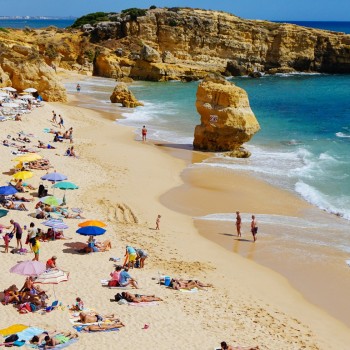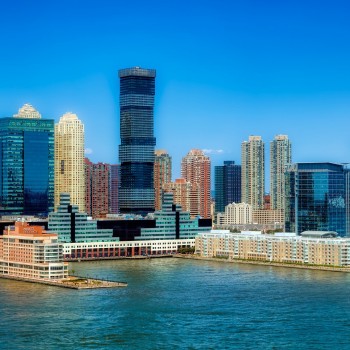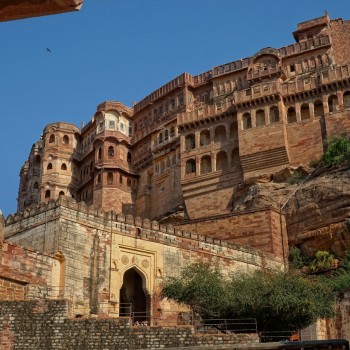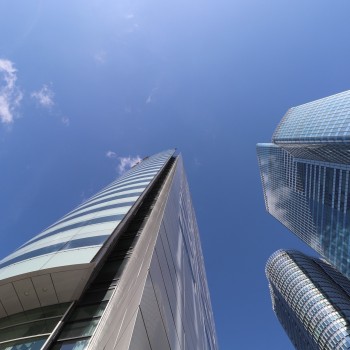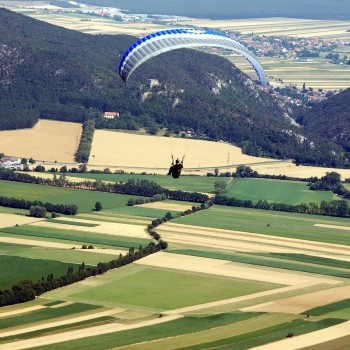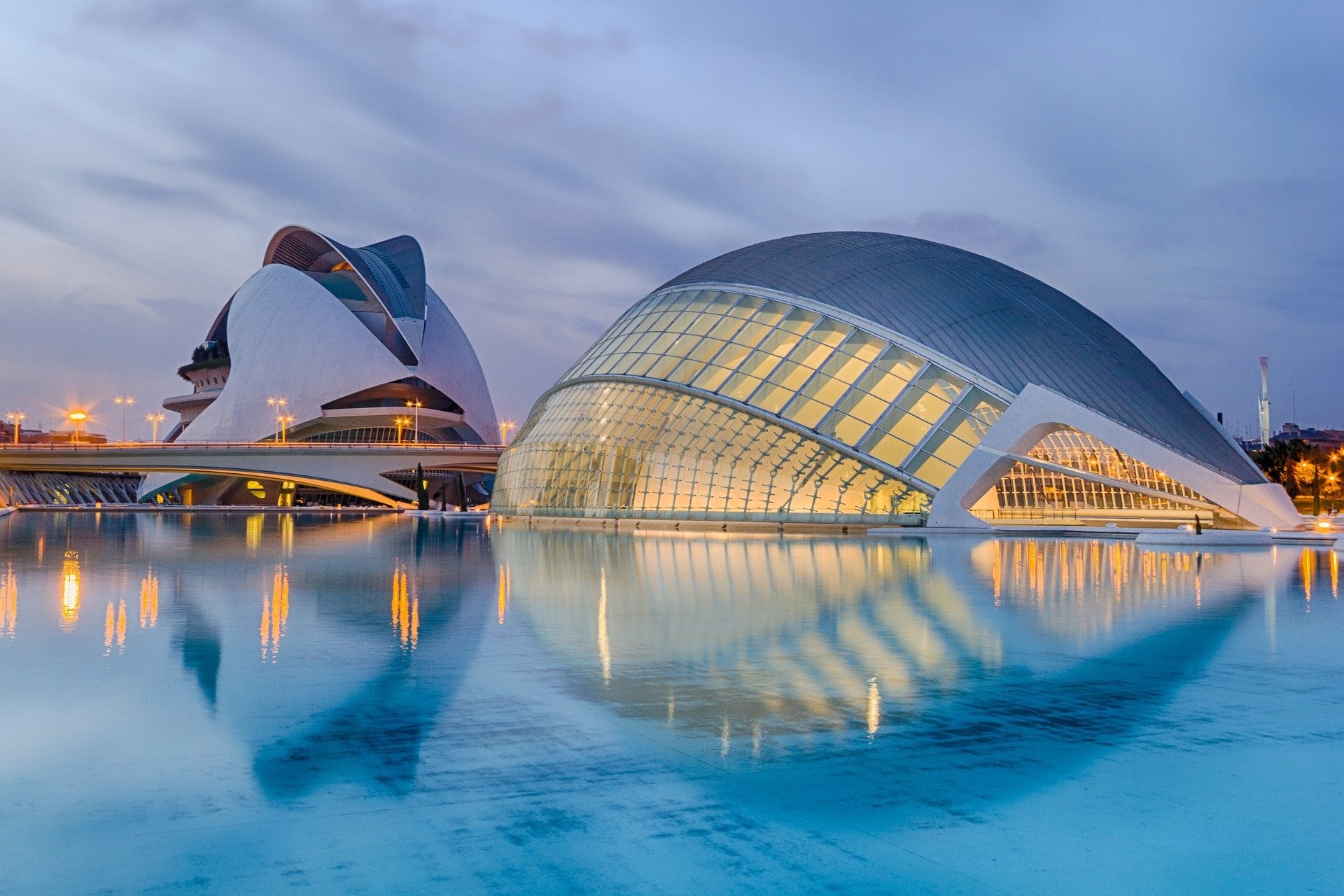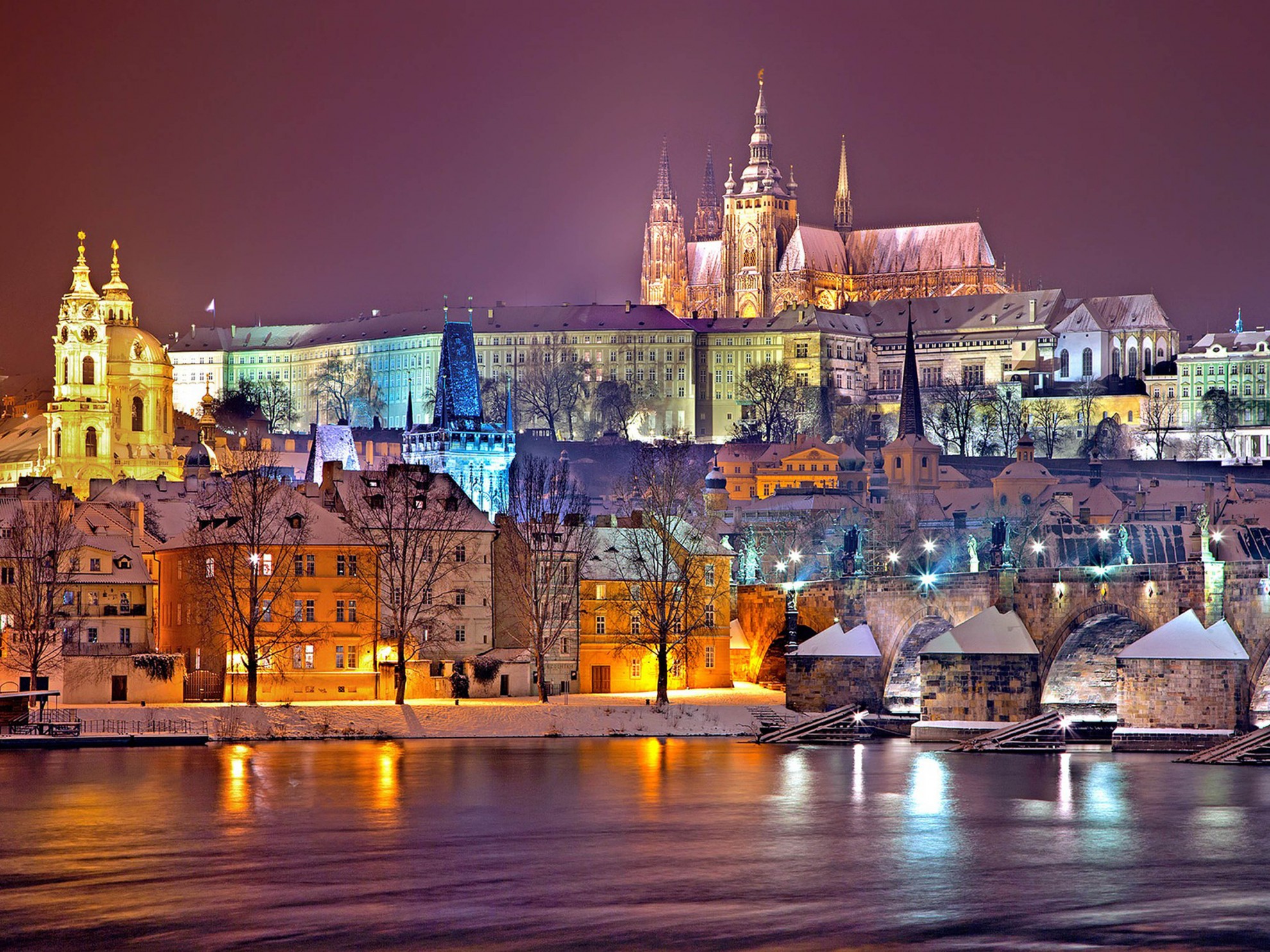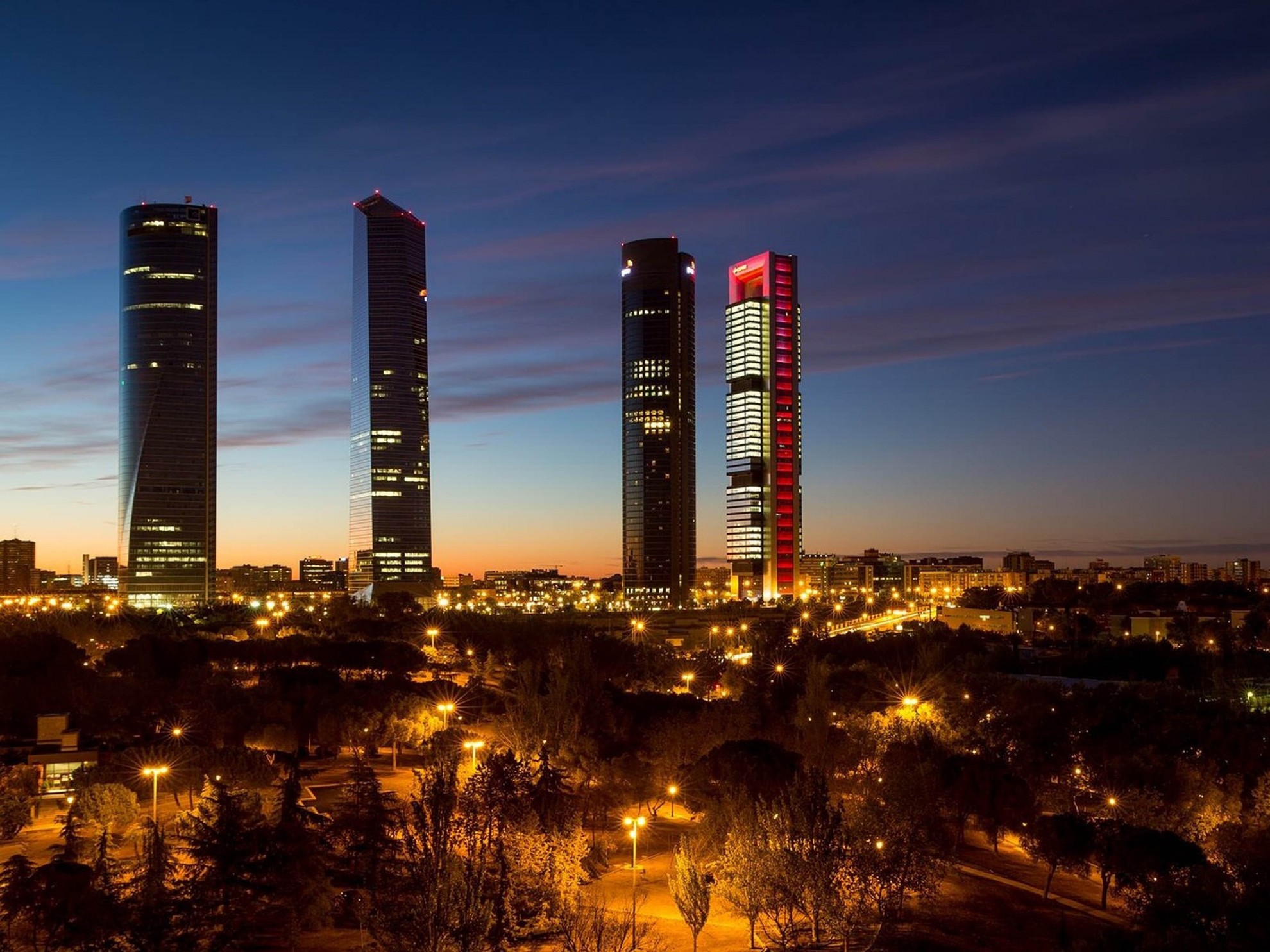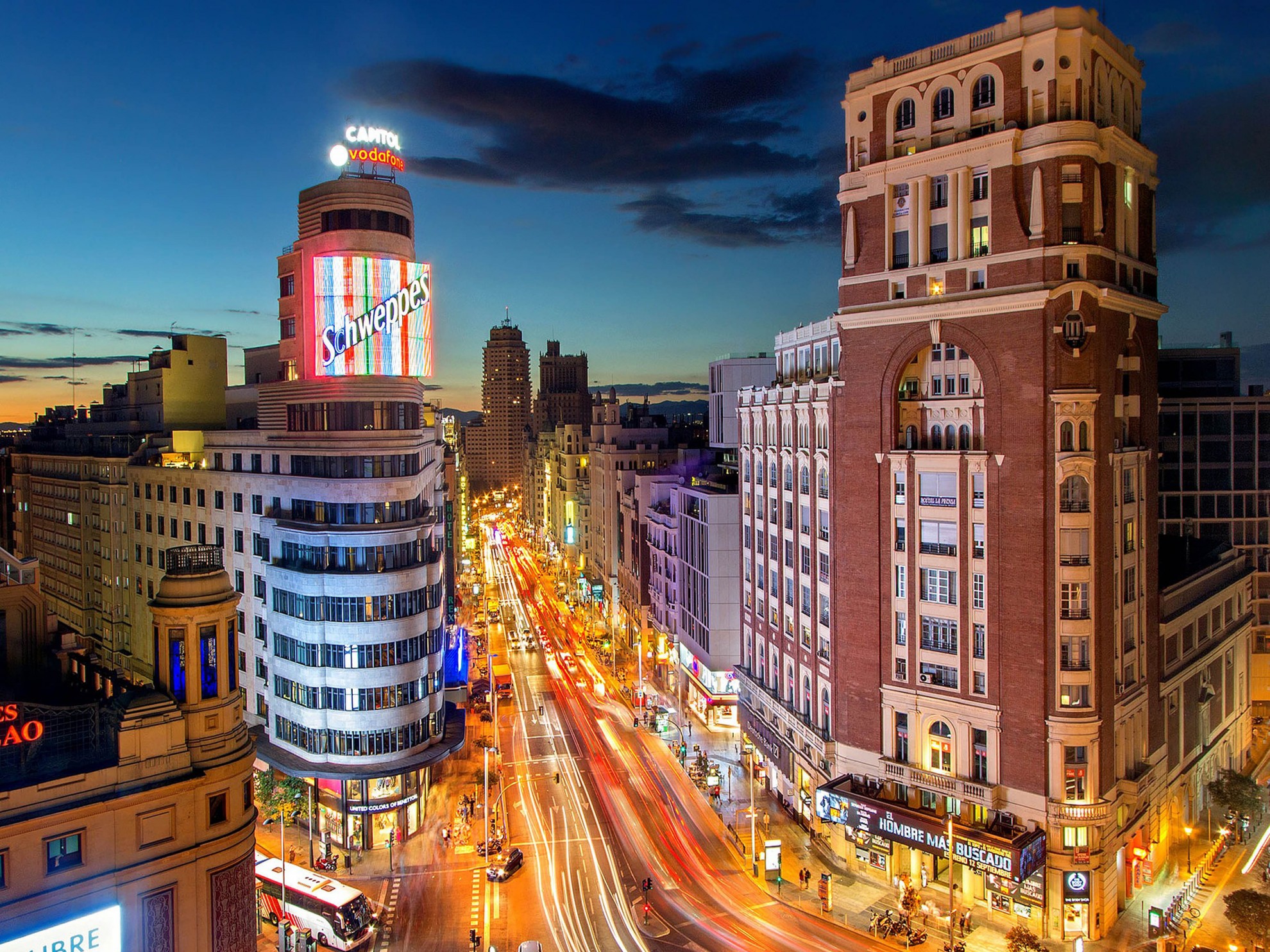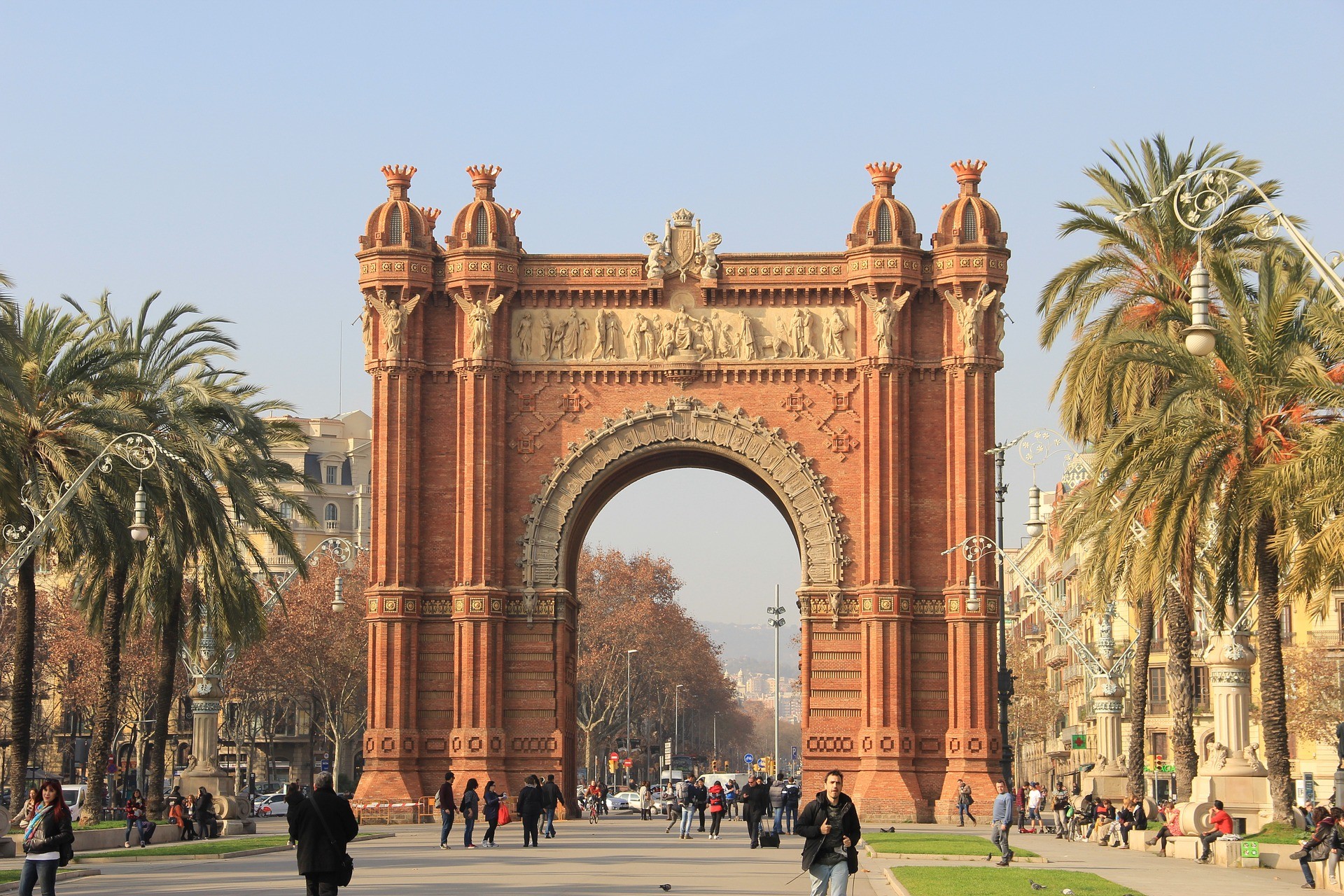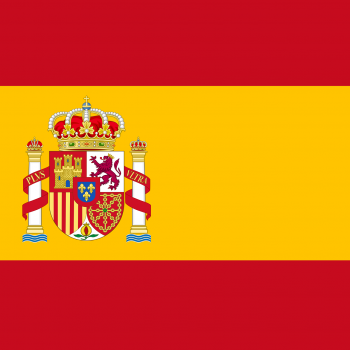Spain
Spain
Capital city description
Madrid is the largest and the capital city of Spain. Madrid is a business center, a cosmopolitan city, headquarters for the Spanish government, public administration, parliament, and home to the Royal Spanish family.
Madrid is a bustling city in Spain that boasts many cultural attractions. The city is home to several monuments and art museums, including other attractions. Some of the attractions in Madrid include the Prado Museum, the Royal Palace, Puerta del Sol, Archeology Museum, Plaza Mayor, the Buen Retiro Park, the Royal Chapel of St. Anthony of La Florida, among many others.
Climate
Spain is a highly climatically diverse country in Southwestern Europe. It is characterized by warm and generally dry summers and cool, wet winters. The extreme northern region has an oceanic climate (Köppen Cfb) with regular winter snowfall. A section of the southeast and central areas primarily has a semi-arid climate (Köppen BSh, BSk).
Spring: March to May
Summer: June to August
Autumn: September to November
Winter: December to February
Languages spoken
Spanish is the official and widely spoken language of Spain.
Fun/Fascinating Facts
- Spain houses many Unesco World Heritage Sites. As of August 2021, there are 49 World Heritage Sites in the country. Spain holds the fourth-highest number, just behind China and Italy. Visit Spain, and you’ll have the chance to experience incredible additions to the list like the Alhambra, the works of Antoni Gaudí’s including La Sagrada Família, and the Camino de Santiago.
- Spanish, the official language of Spain, is spoken by more than 45 million people worldwide! The language is second to Mandarin Chinese and one spot above English. Due to its colonial past, Spain still holds a cultural influence in many countries worldwide. Spanish is the official language of 18 countries, including Mexico, Argentina, Costa Rica, and Peru.
- Madrid is home to the world’s oldest restaurant, listed at the Guinness Book of Records. Sobrino de Botín is a cozy Spanish eatery that opened in 1725 and still operates today!
- The national anthem of Spain has no words. There are no lyrics for “La Marcha Real,” only a sweeping tune. The song is also one of the world’s oldest anthems written in 1761.
- In Spain, more than 150,000 tomatoes are usually thrown at La Tomatina. This food fight festival is a religious celebration meant to honor the patron saint San Luis Bertran and the Virgin Mary.
Unique Customs/Traditions
- Siesta is a common tradition in Spain; Spaniards take a daily siesta during the hottest part of the day. Siesta means "nap" in English, and there are two periods most Spanish people take their afternoon rest: from 2 p.m. to 5 p.m. for people going out for lunch or a drink and from 4 p.m. to 8 p.m. or 9 p.m. for people who work at bars and restaurants.
- Spanish people enjoy a style of appetizer and snack known as tapas. Las tapas are usually a mix of small preparations like cold cuts, cheeses, croquetas (croquettes), calamares (squid), and more.
- Dancing is one of the most demonstrative Spanish culture and traditions forms. Many images of passion and love are nurtured by dances such as Flamenco, Fandango, Jota, Copla, Paso Doble, and Muñeira.
Popular universities
| Name | Description | |
|---|---|---|
| Pompeu Fabra University | Established in 1990, Pompeu Fabra University (UPF) is a public university in Barcelona, Spain, the country’s Catalan capital. The university’s main strengths are its Social Sciences and Humanities, Health and life sciences, communication, and ICT. | |
| Universidad Autónoma de Barcelona (Autonomous University of Barcelona) | Universidad Autónoma de Barcelona (Autonomous University of Barcelona) is a non-profit public higher education institution located in the rural setting of the small city of Cerdanyola del Vallès, Catalonia. The Universitat Autònoma de Barcelona (UAB) is known for its excellence in research and quality in teaching and is a reference center in Europe. The university offers top-level postgraduate and graduate programs in almost all areas of knowledge in bachelor's degree, master's degree, and Ph.D. programs. | |
| University of Barcelona | The University of Barcelona was established in the 15th century in Catalonia, Spain. The University of Barcelona is a public university, and it's a leading center of university research in Spain. It offers courses and programs leading to officially recognized higher education degrees such as bachelor's degrees, masters master's degrees, doctorate degrees in several areas of study. | |
| Universidad Complutense de Madrid (Complutense University of Madrid) | Universidad Complutense de Madrid (Complutense University of Madrid) is a non-profit public higher education institution located in the urban setting of the metropolis of Madrid, established in 1508. It is one of the most prestigious Spanish universities and consistently ranks among the top universities in Spain. Universidad Complutense de Madrid (UCM) offers courses and programs leading to officially recognized higher education degrees such as bachelor's degrees in several areas of study. | |
| Universidad de Granada (University of Granada) | Universidad de Granada (University of Granada) is a non-profit public higher education institution located in the urban setting of the small city of Granada, founded in 1531, Andalucia. This institution also has a branch campus in Ceuta and Melilla. Universidad de Granada (UGR) offers courses and programs leading to officially recognized higher education degrees such as bachelor's degrees, master's degrees, doctorate degrees in several areas of study. | |
| Universidad de Granada (University of Granada) | Universidad de Granada (University of Granada) is a non-profit public higher education institution located in the urban setting of the small city of Granada, Andalucia. This institution also has a branch campus in Ceuta and Melilla. Universidad de Granada (UGR) offers courses and programs leading to officially recognized higher education degrees such as bachelor's degrees, master's degrees, doctorate degrees in several areas of study. | |
| Universidad Politécnica de Madrid (Technical University of Madrid) | Universidad Politécnica de Madrid (Technical University of Madrid) is a non-profit public higher education institution located in the urban setting of the metropolis of Madrid, the Community of Madrid. Universidad Politécnica de Madrid (UPM) offers courses and programs leading to officially recognized higher education degrees such as bachelor's degrees, master's degrees, doctorate degrees in several areas of study. This institution also has branch campuses in the following locations: Pozuelo, Getafe, Alcobendas. | |
| Universidad Politécnica de Cataluña (Polytechnic University of Catalonia) | Universidad Politécnica de Cataluña (Polytechnic University of Catalonia) is a non-profit public higher education institution located in the metropolis of Barcelona, Catalonia. This institution also has branch campuses in the following locations: Terrassa, Castelldefels, Vilanova i la Geltrú, Manresa, Sant Cugat del Valles. Universidad Politécnica de Cataluña (UPC) offers courses and programs leading to officially recognized higher education degrees such as bachelor's degrees, master's degrees, doctorate degrees in several areas of study. | |
Festivals & Events
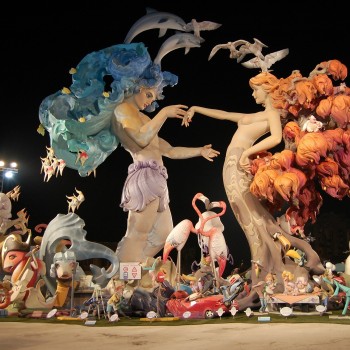
Las Fallas De Valencia
Date: 15th March – 19th March
Las Fallas De Valencia is a spectacular 5-day festival in Valencia, Spain, showing gigantic colorful characters out on the streets. Most of these statues or figures are primarily a result of satire or pop-culture events throughout the year.
The festival's highlights are the dazzling fireworks, spectacular shows, and the burning of statues during a light show on the festival's last night.
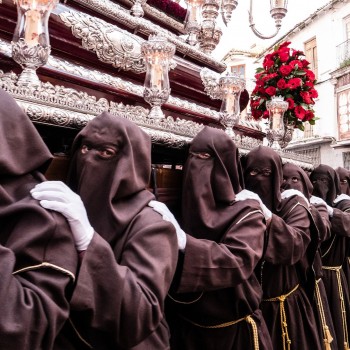
Holy Week
Date: April
The Holy Week is one of the most celebrated religious festivals in Spain. It takes place during Easter and is an entire week filled with processions and other religious celebrations.
Dozens of men and women march through the streets, carrying the statue of their church's patron saint, flanked by hundreds of candles. This event is crucial for everyone in Spain: entire families bring chairs and snacks and wait patiently on the sidewalk to witness the impressive processions.
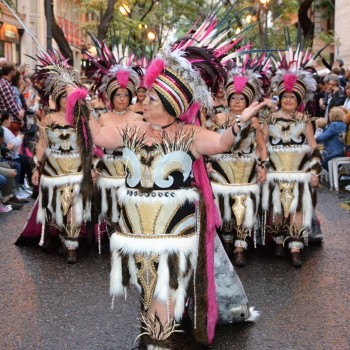
Carnival
Date: February
Carnival is the most extravagant event in Spain. It's an event that attracts thousands of visitors worldwide looking for an authentic carnival adventure.
The island is packed with fun, color, glitter, and glamour, and the numerous contests, parades, and parties offer ample entertainment.
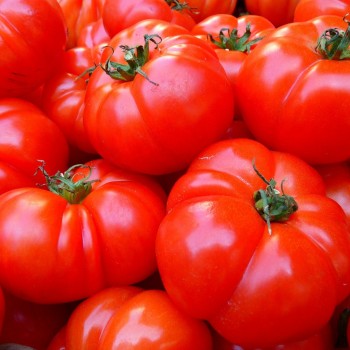
La Tomatina
Date: Last Wednesday of August
La Tomatina is a unique festival in Valencia. Since 1945 it has been held on the last Wednesday of August, during a week of festivities in Buñol. Participants throw tomatoes and get involved in a tomato fight purely for entertainment purposes. The battle lasts for about one hour, after which the town square is covered with tomato debris. La Tomatina marks the end of an entire week of parades, parties, fairs, and street markets.

Tamborrada
Date: 20th January
Tamborrada of Donostia is a drum festival held every year on January 20 in San Sebastián, Spain. Massive parades of men, women, and kids come out on the streets and bash drums throughout the night and day for 24 hours. Participants, dressed as cooks and soldiers, march in groups across the city.
The celebration ends at midnight when people gather at the Konstituzio Plaza, and the city flag is simultaneously lowered at various locations.
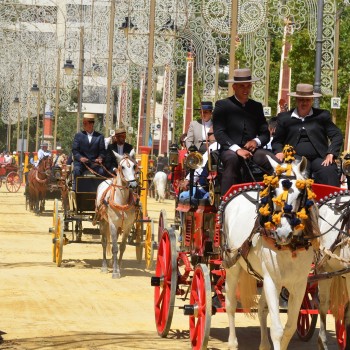
Feria del Caballo
Date: 07th May – 14th May
One of the major festivals in Spain in May, the Feria del Caballo in Jerez, brings lively celebrations, flamenco performances, the best of Andalusian gastronomy, and a lavish horse parade.
During one week in May, this small town becomes a feast for the senses. The festivities start with the lighting of the grand entrance to the fair. Everyone dresses up for the occasion. Women wear the typical flamenco dress, and men wear traditional suits called trajes cortos.

Fair of Malaga
Date: August
The Fair of Malaga is one of Andalusia's famous and most colorful fairs. It's the best place and time of year to unwind and relish a great holiday. The August Fair of Malaga is an entire week full of fun activities and events at the heart of the Costa del Sol.
The Fair takes place in two areas: during the daytime, in Calle Larios and its surroundings (the town center), and the particular Fair area at 'El Cortijo de Torres.'
Attractions / Top Sights
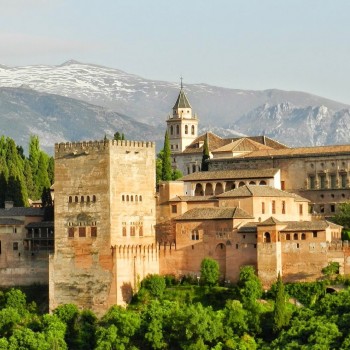
Alhambra
When to visit: In spring and summer
Constructed in the 14th century by the Nasrid sultans, the Alhambra is a majestic palace and fortress complex located in Granada, Andalusia, Spain.
Alhambra is one of the most stunning monuments of Islamic architecture and one of the best-preserved palaces of the historic Islamic world, making it one of the most visited tourists attraction in Spain.
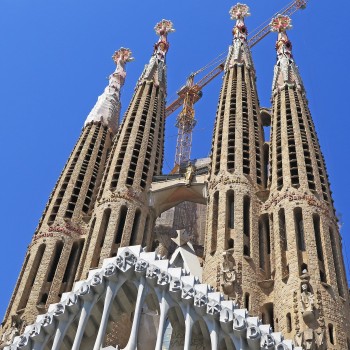
Barcelona's Sagrada Familia and Gaudi Sites
When to visit: In spring and summer
The Sagrada Familia is a large Roman Catholic church in Barcelona and Spain’s most visited tourist attraction. It’s a design by Antoni Gaudí, a Catalan architect who worked on this project for almost 40 years until his death in 1926.
The basilica construction began in 1882 and is still not finished. The fanciful and outrageous buildings created by Gaudi in Barcelona have become landmarks, the signature attractions of this Catalan city.
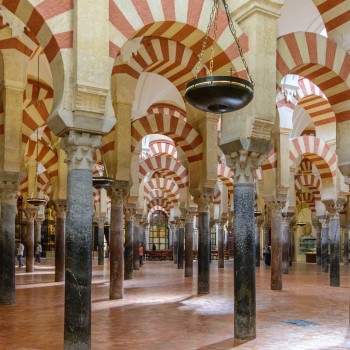
Mezquita Cordoba
When to visit: May to June
Cordoba's Mezquita is a fascinating building renowned for the forest of pillars and arches inside the main hall. Before the Umayyad Moors built the Mezquita, the site was originally a Roman temple, then a Visigothic church. After the Spanish Reconquista, a cathedral was built into the center of the large Moorish building.
The mosque structure is viewed as an important monument in Islamic architecture history. It is also one of Spain's significant historical monuments and tourist attractions listed in the UNESCO World Heritage Site in 1984.
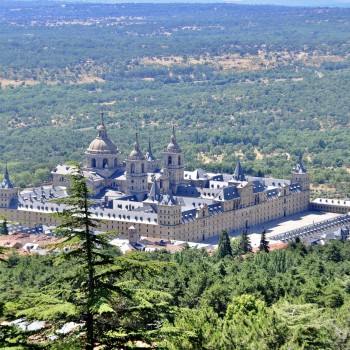
El Escorial
When to visit: In spring and summer
San Lorenzo de El Escorial, also known as El Escorial de Arriba, is a town and municipality in Madrid, Spain, located to the northwest of the region in the southeastern side of the Sierra de Guadarrama. The place serves as a monastery, church, royal palace, mausoleum, library, and museum.
The Monastery of El Escorial is the most prominent building in the town and is one of the leading Spanish Renaissance monuments. Especially remarkable is the Royal Library, inside the Monastery. The Monastery and its historic surroundings were declared a World Heritage Site UNESCO on November 2, 1984, under "El Escorial, monastery and site."
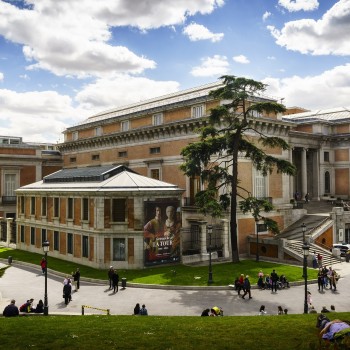
Prado Museum
When to visit: In spring and summer
The Prado is one of the world's top art museums for the riches of its collections. It houses the world's finest collections of European art, dating from the 12th century to the early 20th century.
The Prado Museum is one of the most visited sites globally and is considered one of the most excellent art museums globally. The numerous works by Francisco Goya, the single most extensively represented artist, and Hieronymus Bosch, El Greco, Peter Paul Rubens, Titian, and Diego Velázquez, are some of the highlights of the collection.
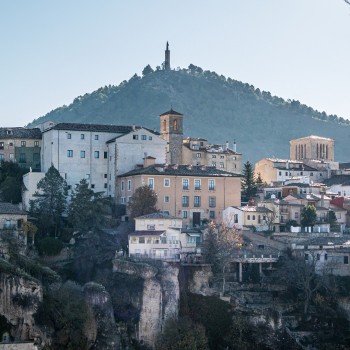
Cuenca
When to visit: April to October
Cuenca is a magnificent example of a medieval city built on steep sides between Madrid and Valencia. Its old center is a stage set of evocative medieval buildings, many painted in bright colors, stacked on a steep promontory at the meeting of two deep river gorges.
The many "hanging houses" are built right up to the cliff edge, making Cuenca one of the most striking towns in Spain, a gem in the province of Castilla La Mancha. A World Heritage Site, Cuenca is one of Spain's most memorable cities.





